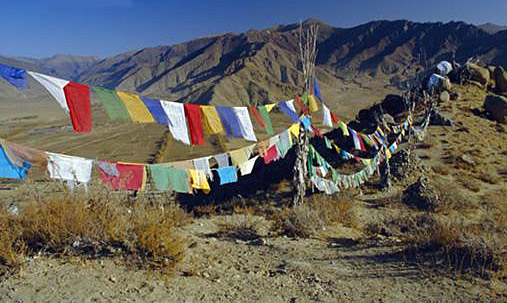Ed. note: I’m sure by now you’re all tired of hearing about my trip to Nepal, and thinking if-I-love-it-so-much-why-don’t-I-marry-it, but bear with me, please! I’ve got one more story to share.
* * *
I am in one of the most incredible places on earth. The Knowledge for People team is taking a break from our intensive work with AutismCare Nepal in Kathmandu to take an overnight trip to Nagarkot, a mountain village two hours to the north. People flock here in trekking season to see the sunrise over the Himalayas, including Everest (which is called Sagarmatha in Nepal). Now it is monsoon season, so the big mountains are cloaked in clouds. We cannot see them at all, and we are told that we probably won’t be able to while we’re here. But from our hotel, we can still see the area below them, a lush green valley dotted by homes and etched with rice terraces.
Following our late afternoon arrival, some of us meet in the lobby area for drinks. We sit on a balcony overlooking the valley, and we order cocktails and crunchy, savory pekoda, a fried Nepalese hors d’oeuvre made with ground garbonzo beans and shredded vegetables. It’s my favorite Nepalese food, and I eat it nearly every day of the trip. After a while, it begins to rain lightly and then something appears that I never would have dreamed I’d see. It’s the most picturesque rainbow of my life, right over the beautiful Himalayan valley below us. We gasp – the entire scene is stunning, and we cannot believe our good fortune. We may not be able to see the Himalayas, but we know they are there, and this gorgeous rainbow, shared with some wonderful new friends, is enough.
Those who’ve known me for a while know that I’ve always loved mountains. At heart, I consider myself a “beach person,” but I love traveling to view mountains and often climb them. Last summer, my sister and I climbed Mt. Shasta, a fourteener in California, and last September, Nigel and I climbed ten-and-a-half-thousand-foot Mt. Lassen. But my love for Nepal and the Himalayas goes back thirty years. Last year, I wrote about how as a child I would sit and read my parents’ 25-volume Encyclopaedia Britannica set, learning many things. The year that I was eight, I learned about autism and I learned about Nepal. From that young age I knew that I wanted to travel to Nepal someday, but never at any point could I have foreseen that these two things I had first learned about so long ago would manifest themselves together in this wondrous experience. Who would have thought? Yet here I am, thirty years later, traveling to Nepal to teach about autism.
Back at the hotel, I have made it eight days remembering not to rinse my toothbrush in tap water. Tonight, thinking about the Himalayas, I finish brushing my teeth and immediately stick it under the faucet to rinse it. I realize right away what I have done and throw the toothbrush in the trash. I’ll get a new one back in Kathmandu tomorrow afternoon. While I sleep, I dream of seeing the elusive Himalayas with the sunrise, although in my dream we had to hike a mile to get to a point where we could see them.

I wake shortly after 5:30 and bolt out of bed. The clouds have dissipated slightly and I can see the lower parts of the mountains! Not much, but at least it’s something, in addition to the glimpse from the plane. I wash up, dress, and visit with my friends. The cloud cover is blocking the solar eclipse that is going on (yes, I was in Nepal for the 2009 eclipse!), but we definitely notice the sky darken slightly as it happens. Afterward, I go downstairs to have my massage (my first one in years!), and then come back to the room to shower.

I meet up with Dori, the speech therapist on the team, and we go have breakfast in the hotel restaurant. We sit outdoors because – wonder of wonders – the clouds have cleared! We can see the majestic Himalayas! We can stare at them while we eat breakfast! My thirty years of wanting to see the Himalayas with my own eyes has come to fruition. While waiting for my food, I walk over to a diagram placed on a wooden sign showing the names of each of the Himalayan peaks from that viewpoint. I find Everest on the diagram and squint to try to find it in the mountain range laid out before me. I find where it is supposed to be, having determined the mountains on either side of it. And then I see what I believe to be its base, but I can’t see the top. And that’s okay. This dazzling display is more than I had hoped for during this off-season trip, and I am sated. Moments later, the clouds roll in again, and we can no longer see the mountains or even the valley.
Besides, I have to save something for next time.

the base of Mt. Everest is right in the middle of this photo
*For more fantastic pics and Nikki’s description of our time in Nagarkot, click here.























 *
*